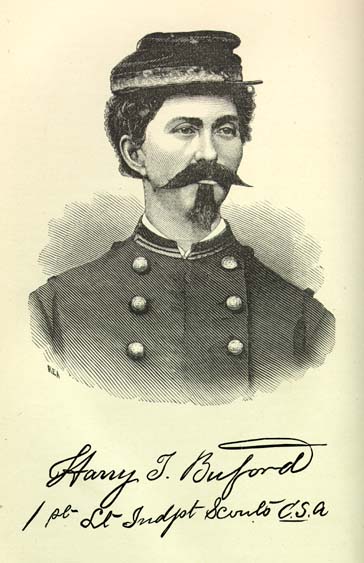Chicanas Behind the Cameras
I want to dedicate this article to a extraordinary woman of color who has beat the odds despite her circumstances. Maria Agui Carter has come to dedicate her life to documenting neglected narratives of Latinas in U.S. history. I was honored to hear her story in a screening of on her award-winning film, Rebel (2013), at UCLA.
Before the film began, she spoke to the audience about the lack of Latina/o representation in cinematography. Carter made her claim with statistics such as Latinas/os are 17% of the country’s population but have no lead acting roles and only constitute 3% of actors and actresses. Likewise, producers are 1.1% Latina/o, writers are 2% Latina/o and directors are 4.1% are Latina/o. This is problematic considering Latinas/os are half of the population in Los Angeles, where most films are produced, and Latinas/os purchase 25% of all movie tickets.
She ended on a happy note. She reminded us that Latinas/os are the fastest growing ethnic group, and that for every Baby Boomer turning 60, more Latinas/os are turning 18. This means that they are growing 5 times faster than the entire population, and possess $1.6 trillion in spending power, or 10% of the entire country’s spending power, according to Columbia University. Carter highlighted these numbers to remind the audience that she is a rare sight in Hollywood, one compelled to represent a diverse ethnic group.
Sadly, the only problem isn’t that Latinas/os are not being hired in the entertainment industry, but that their stories are also being left out or inaccurately portrayed. Fortunately, Carter is determined to capture what most find to be unimportant.
The documentary/dramatic reenactment of Rebel is the true story of the independent Loreta Janeta Velazquez. It was written and directed by Carter and serves as a prime example of Chicana exclusivity in US history, based on the memoir Woman in Battle. Her narrative has been accused of being a fiction novel, and denied its legitimacy. This is problematic because her story is the counter narrative to the hegemonic understanding of the Civil War. The Civil War is generally understood to be a black versus white issue over slavery. The authenticity of her participation in the War tends to be questioned because she defied the perpetuated narratives of white men’s participation in the war. Velazquez fought under the alias of Harry T. Buford. Her disguise allowed her to witness the behavior and thinking of the Confederate soldiers. Her narrative, however, was about more than the exclusivity that women and Latinos face in historical analysis.
It is also about the constant battle that Latinos struggle with when declaring their patriotism to the US. Velazquez, who was a Cuban born woman living in New Orleans, had to find her identity in a racially mixed space. Her father sent her to the US because he wanted her to become to become a refined young lady. Before she became a soldier; however, she was socialized to honor whiteness and femininity. New Orleans has a significant Spanish influence that made it difficult for Latinas/os to identify as American. According the film, many Latinas/os claimed to be descendants of Spanish elites, which lead to the denial of indigenous or African roots to also be able to claim white privilege.
Her contributions to the war, off and on the battlefield, were simultaneous efforts to earn her American identity as a Cuban immigrant woman whose political ideologies aligned with that of America’s national racism. The story of Velazquez is the perfect example of the exclusion of the experiences of Chicanas in history. Her tale deals with gendered and racial expectations and prejudices that are usually nonexistent in conventional US history. This continues to be the situation for Chicanas and Latina women who have been active participants of major events in history. Including the counter narratives of women of color would completely dismantle and demystify inaccurate stories; however, the hegemonic perspectives prevalent in history textbooks make this difficult. This narrative would open the discourse to other counter narratives that would have the same effect. Therefore, to acknowledge their experiences would be to acknowledge the existing oppressive forces that women of color face.
When the filmed ended, Carter revealed to the audience that she was born in Ecuador, and immigrated New York with her mother. She attended Harvard University as an undocumented student before any government programs for undocumented student were introduced. In addition to being the president of Iguana Films, she has served as the chair for the National Association of Latino Independent producers and has earned the Rockefeller, George Peabody Gardner and Warren Fellowship awards. Carter admitted that her next project would likely be a story on immigration.
I asked her what it was like for an undocumented woman of color to succeed in underrepresented spaces, to which she offered kind words of encouragement and inspiration that will continue to guide me in times of adversity.
Her work’s significance cannot be unrecognized or underappreciated. Carter’s determination to the Latina story will forever be regarded as a crucial necessity for the expansion of Latina visibility in US history and beyond.





